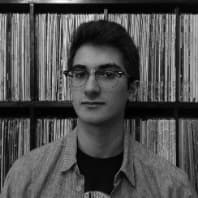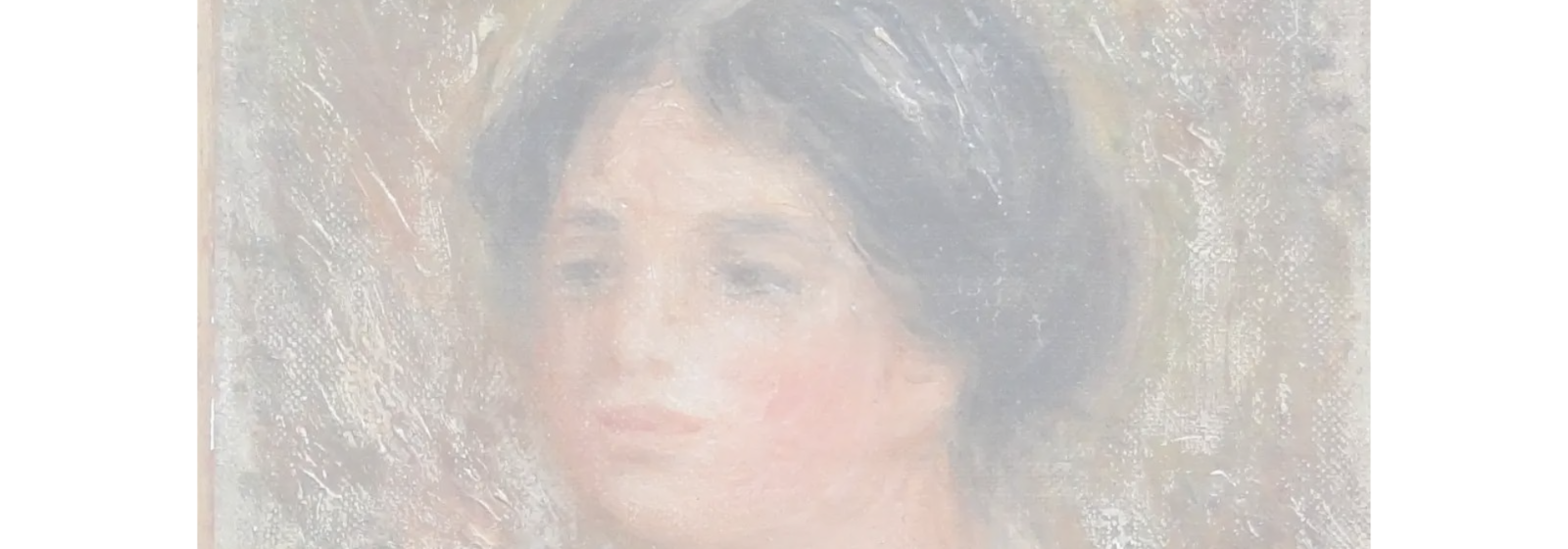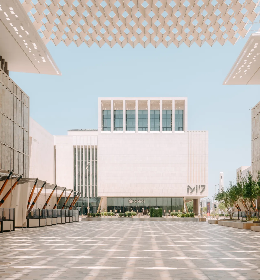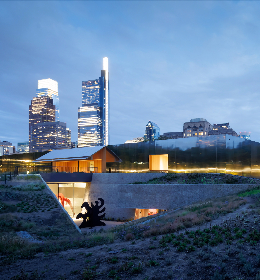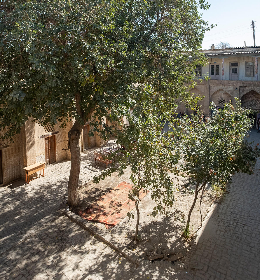Art Recognition, a Swiss company, came up with an algorithm that concluded that a painting owned by a Swiss private collector had an 80.58% chance of being a genuine Pierre-Auguste Renoir piece.
This follows a trend of such technologies becoming increasingly popular as the same algorithm has been used earlier this month to determine that a Titian painting at a Zurich museum was most probably a fake.
For a long time, this Renoir painting, that appears to show the same woman as in the same painter's Gabrielle, had generated debate among experts surrounding its authenticity. Now with AI, even if it cannot offer an absolute guarantee that the work is genuine, the owner's claims have been consolidated through a method that some view as a solution to the "subjectivity" of experts.
That is what, as reported by The Guardian, the CEO of Art Recognition, Carina Popovici, touched on during a meeting centered around the role of technology in art: "Art owners are often told by connoisseurs that it is their ‘impression’ or ‘intuition’ that a painting is genuine or not, which can be very frustrating. They really appreciate the fact that we are more precise."
The way this technology works is by taking hundreds of confirmed genuine works and analysing in great detail the patterns that the artist would use, the brush strokes and colour combinations and then compare them with the same parameters within the work in question.
This of course has been criticised by some people within the world of art authentication, who say that this method can be compromised not only by the state of a painting but also by the fact that some works have had touch ups done on them later. Such parameters, they say, require human forensic analysis to give an educated answer on the authenticity of the painting's origin.
Popovici has acknowledged these concerns and states that this technology is not here to make the role of experts obsolete and is to be used alongside their expertise. "We genuinely want to give them the possibility of using this system to help them reach a decision, perhaps in cases where they’re not so sure. But for that to happen, they have to be open to this technology."



